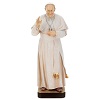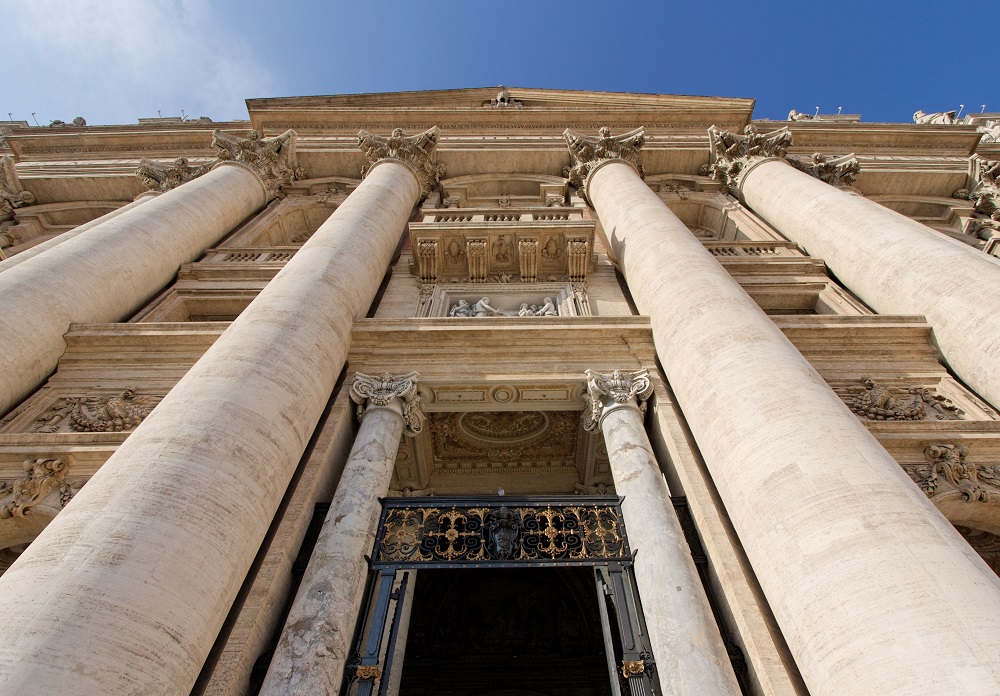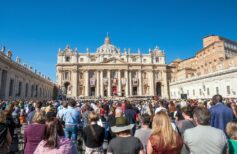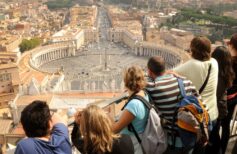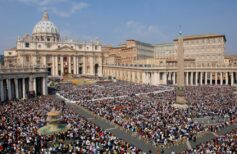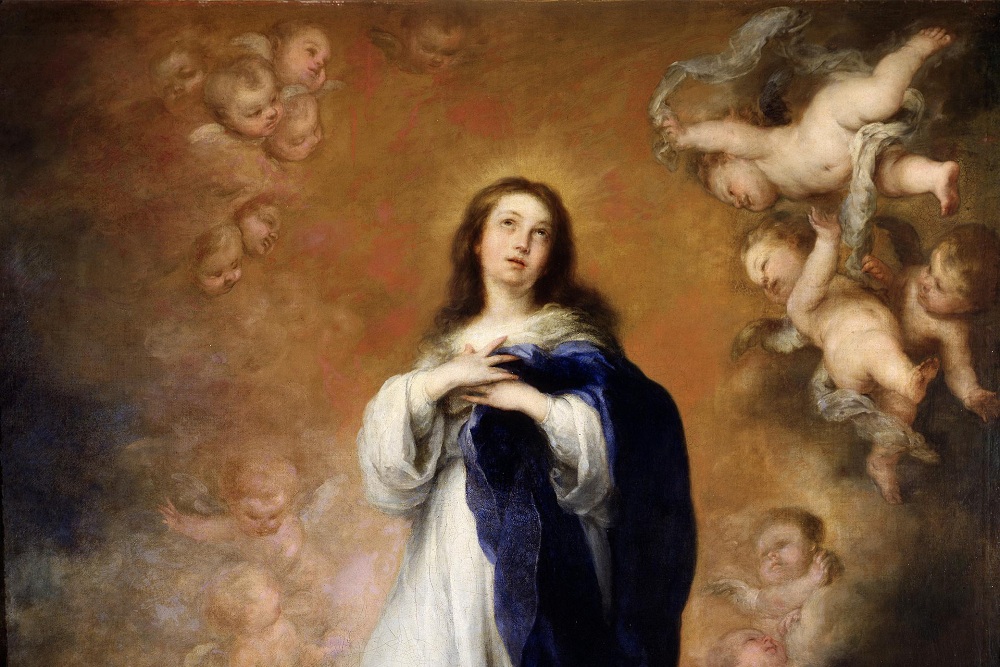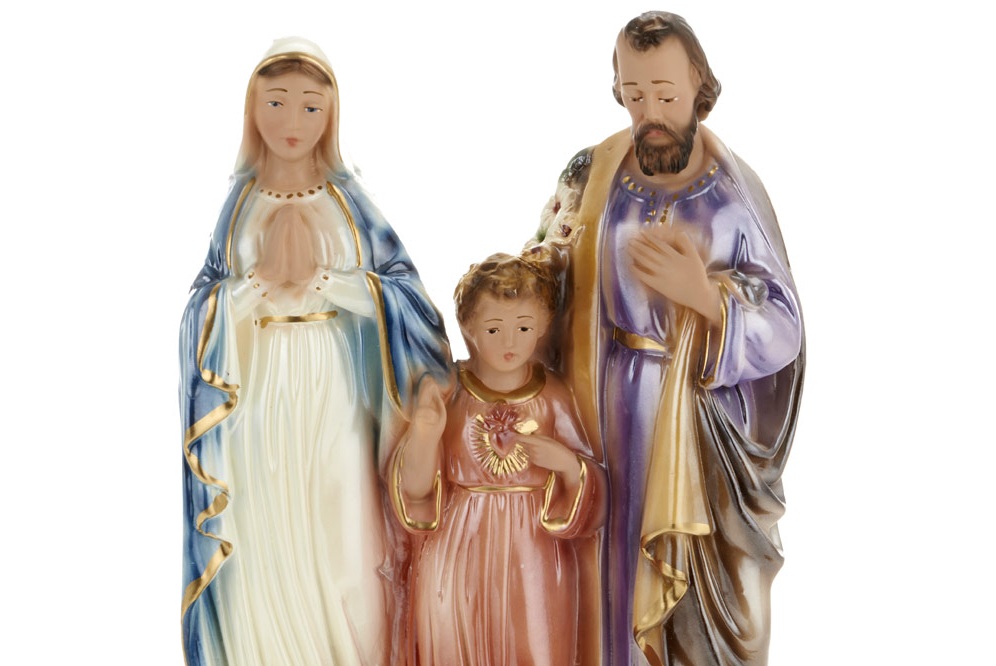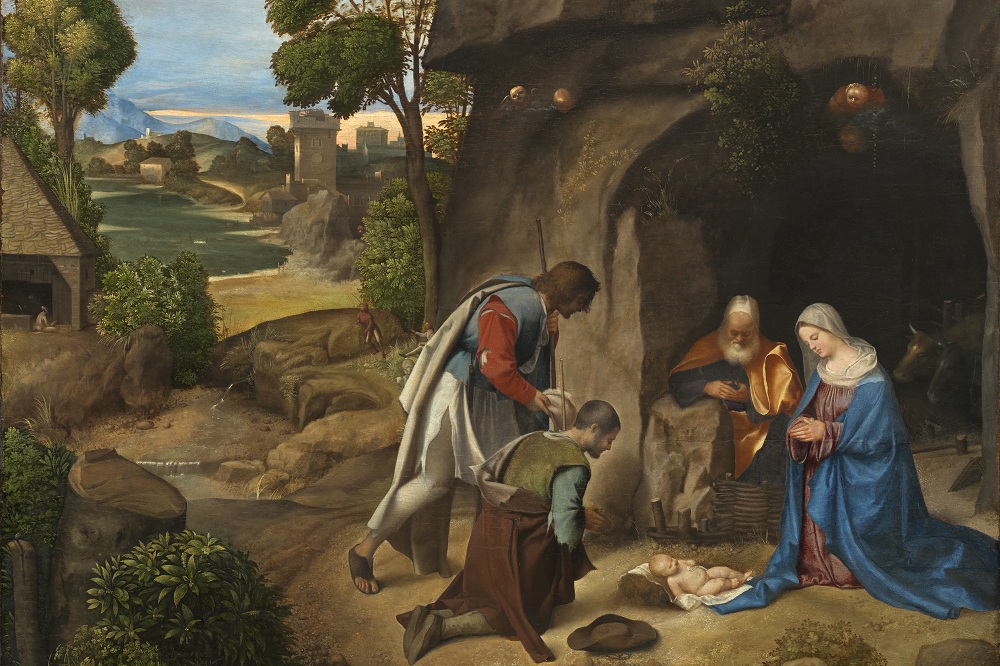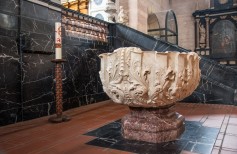The opening of the Holy Door marks the beginning of the Jubilee, but it also represents a spiritually evocative symbol for Christians. Here’s what it entails.
The door has always held fundamental importance throughout human history. As a protective and defensive element for villages, cities, and palaces, it also assumed strong spiritual symbolism in the Greek and Roman worlds as a passage between worlds, a point of transition, and a boundary between life and death. This strong spiritual significance is confirmed in the Christian context with the so-called Holy Door.
What is it, and what does it signify? And why is it called the Holy Door?
From a strictly material point of view, we can define the Holy Door as the door of a Christian church or basilica that the Pope has proclaimed as such. This door is kept walled up and is only opened on the occasion of a Jubilee when it can be crossed to obtain plenary indulgence from all sins. Indeed, the Jubilee is a period lasting a year during which the Church grants special indulgences to those who undertake pilgrimages, engage in acts of charity, devote themselves to prayer and penance, or, in this case, pass through one of the Holy Doors proclaimed by the Pope.
Regarding the symbolic meaning of the Holy Door, we find the door mentioned in Ezekiel as the gateway through which the glory of God enters the house but also the soul: “Then he led me to the gate, the gate facing east. And behold, the glory of the God of Israel was coming from the east. His voice was like the sound of many glasses of water, and the earth shone with his glory. And the vision I saw was just like the vision that I had seen when he came to destroy the city, and the visions were like the vision that I had seen by the Chebar canal, and I fell on my face. And the glory of the Lord entered the house by the gate facing east.” (Ezekiel 43:1-4).

Plenary indulgence: meaning, origins and how to get it
What is a plenary indulgence? Here’s why Pope Francis granted it to those participating in the Year of St. Joseph.
However, we can better understand the significance of the Holy Door in the Gospel of John, where it is written: “So Jesus said to them again, ‘Truly, truly, I say to you, I am the door of the sheep. All who came before me were thieves and robbers, but the sheep did not listen to them. I am the door. If anyone enters by me, he will be saved and will go in and out and find pasture” (John 10:7). Thus, Jesus speaks of Himself as a door, and so the Holy Door becomes the necessary passage for those who want to follow Him, finding in Him redemption from every sin and salvation.
The tradition of the Holy Door is ancient. The first to proclaim one was Pope Celestine V, who in 1294 declared the door of the Basilica of Santa Maria di Collemaggio in L’Aquila as such, still today the site of the annual Jubilee wanted by Celestine himself through the Bull of Pardon of September 29, 1294, known as the Celestinian Pardon and classified by UNESCO as an oral and intangible heritage of humanity.
Today, there are many Jubilee doors, among which, in addition to that of St. Peter and the Holy Door in St. John Lateran in Rome, we can remember those of the Cathedral of Santiago de Compostela, the Cathedral of Atri, and the Basilica-Cathedral of Notre-Dame de Québec. The Cathedral of the Sacred Heart in New Delhi, India, opened its Holy Door on December 12, 2015, on the occasion of the beginning of the Jubilee of Mercy.
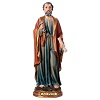
The Holy Door of St. Peter
The earliest references to the Holy Door in St. Peter’s Basilica in Rome date back to the pontificate of Pope Alexander VI Borgia.
It is one of the five doors of St. Peter‘s Basilica and is located at the far right of the atrium. It remained closed until 1950 and is surrounded by a carved marble frame made at the behest of Pope Gregory XIII on the occasion of the Jubilee of 1575. The original bronze shutters were donated in 1949 by the Swiss bishop Francesco Von Streng as an ex-voto for preserving Switzerland from war. The current door was made for the Jubilee of 1950 by Vico Consorti, the “master of doors.” The Holy Door of St. Peter is made up of 16 rectangular tiles that tell the human story from dawn to the present day, placed in 4 orders, among which are 36 coats of arms. At the base of the two leaves, among the various inscriptions, it reads: “From here let the sources of divine Grace flow abundantly, and let them purify the souls of all those who enter, restore them with holy peace, adorn them with Christian virtues. Jubilee Year 1950.”
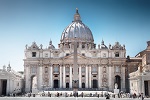
Saint Peter in the Vatican: Church symbol of the whole Christian world
Saint Peter in the Vatican is a basilica full of meanings, mysteries and sacred works of art famous all over the world. Here are some…
Opening of the Holy Door
The Jubilee begins with the opening of the Holy Door of St. Peter and concludes with its closure.
The rite of opening the Holy Door recalls the symbolism we have already discussed, of the door as a necessary passage for salvation. The opening of the Holy Door of St. Peter, in particular, marks the beginning of the Jubilee. In the following days, the doors of the other Jubilee basilicas will be opened worldwide.
Traditionally, the Holy Door was started to be unblocked in preparation for the Jubilee. It was the Pope’s task to symbolically break the last barrier with a hammer, and then let the masons complete the work. The tradition of walling up the Holy Door of St. Peter and opening it only on the occasion of the Jubilee remained in force until 1975. Subsequently, in 2000, Pope John Paul II, who risked being hit by falling debris while performing the rite, decided to change the custom, and since then, the Holy Door has simply been closed at the end of the Jubilee and reopened for the next Jubilee.
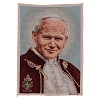
How many Holy Doors are there
The Pope has the authority to proclaim any door of any church in the world as a Holy Door. In Rome, in addition to St. Peter‘s, there is a Holy Door in the basilicas of St. John Lateran, St. Paul Outside the Walls, and St. Mary Major. On the occasion of the Extraordinary Jubilee of Mercy (December 8, 2015, to November 20, 2016), Pope Francis asked for the collaboration of bishops to identify the most significant places for the faithful and granted the opening of the Holy Door also in the cathedral churches, in addition to the basilicas. Thus, many churches that are habitual pilgrimage destinations have had their Holy Door granted by the Pope and have been able to grant plenary indulgence to their faithful.
